Rare Pteranodon Pterosaur Femur pc. 2.3 Fossil Bone Cretaceous Kansas COA 6259
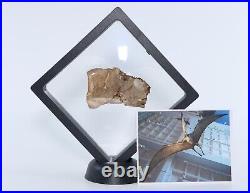
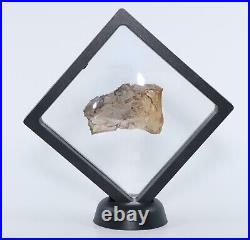

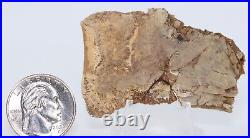
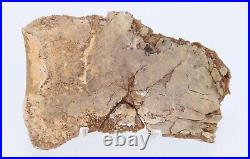
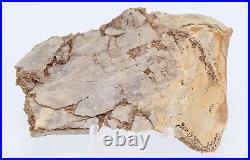
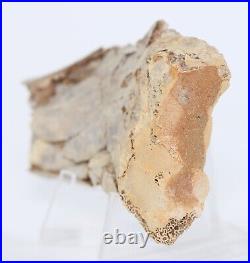
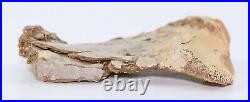
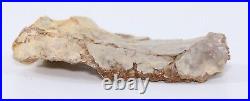

Here is a rare end of a femur (hip bone) of. The most popular of all the dinosaur-age flying reptiles, the Pteranodon. Full name is Pteranodon longiceps, the largest of the pterosaurs. From the Cretaceous, about 70 million years ago. Found in the Niobrara Formation, Smoky Hill Chalk, Gove County, Kansas.
The femur piece is about 2.3 inches wide. It is the distal end of the bone and would have engaged the tibia and fibula in the leg. There is a bit of deformation from the preservation process, but the condition is good. My favorite poster of all time is from the mural at the Peabody Museum at Yale University. Entitled "the Age of Reptiles", it is a 110-foot mural completed in 1947 that shows the different reptile and plant life during our ancient history. Just above the Tyrannosaurus rex, the artist chose to paint a Pteranodon.Not just any pterosaur, the Pteranodon is the species many of us "grew up" with. It is extremely hard to find real Pteranodon bones. Look not just for pterosaurs or pterodactyl, but Pteranodon. Pteranodon is a genus of pterosaurs that included some of the largest known flying reptiles, reaching wingspans of up to 20 feet.
Lived in the late Cretaceous, from 90 to 70 million years ago in North America, in present-day Kansas, Wyoming, South Dakota, Nebraska, and Alabama. Unlike pterodactyls, Pteranodon had no teeth, but a huge long narrow beak it used to hunt fish and other animals. We invite you to visit our store.
Once inside our store, you will see about a thousand items for sale, and we hope you will love them. We sell items ranging from budget to superb.
If you like what we have to offer, please follow our shop by adding us to your Saved Sellers! Scroll down to just below the item description; you will see our Pioneer Fossil Logo on the left.
It is the easiest way for you to look us up in the future. You will receive the exact item described and photographed, unless clearly stated otherwise. This item, along with all items we sell, is only intended for responsible adults.Please keep out of reach of young children. All of our descriptions are 100% written by American humans.
If you take it out of the United States, you are on your own. In some cases, that is easy, in some cases, not as much. We are happy to enclose a COA (Certificate of Authenticity). Some words of caution about COA's: Do not let them become a substitute for learning about the specimens. We have been working with fossils and minerals for many years, and we have seen hundreds of very nice-looking COA's, some that are wrong, mis-describing a specimen.
A COA should be specific to one particular specimen, with a photo of the item on it. It can never be transferred to a different specimen. We want to make sure you are fairly treated by us always.
